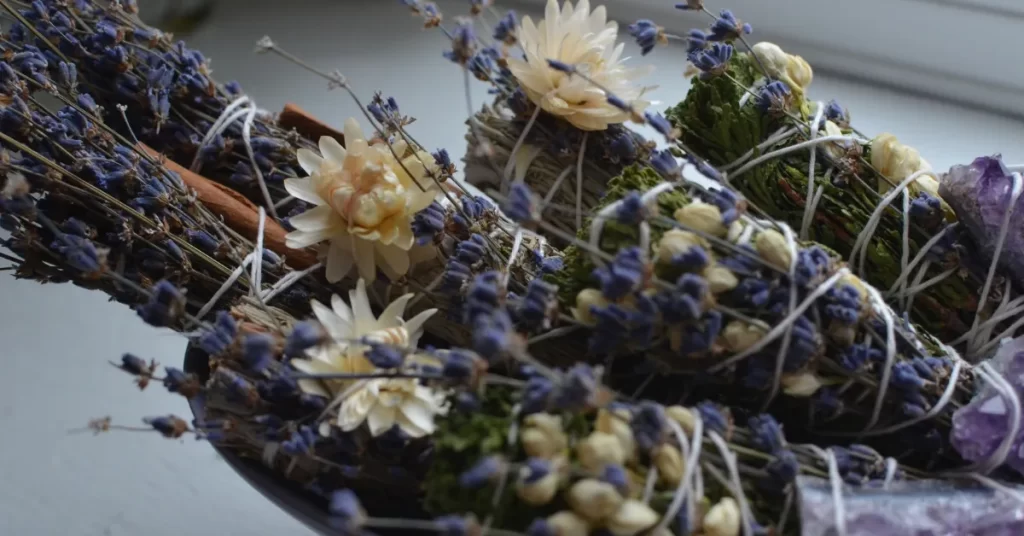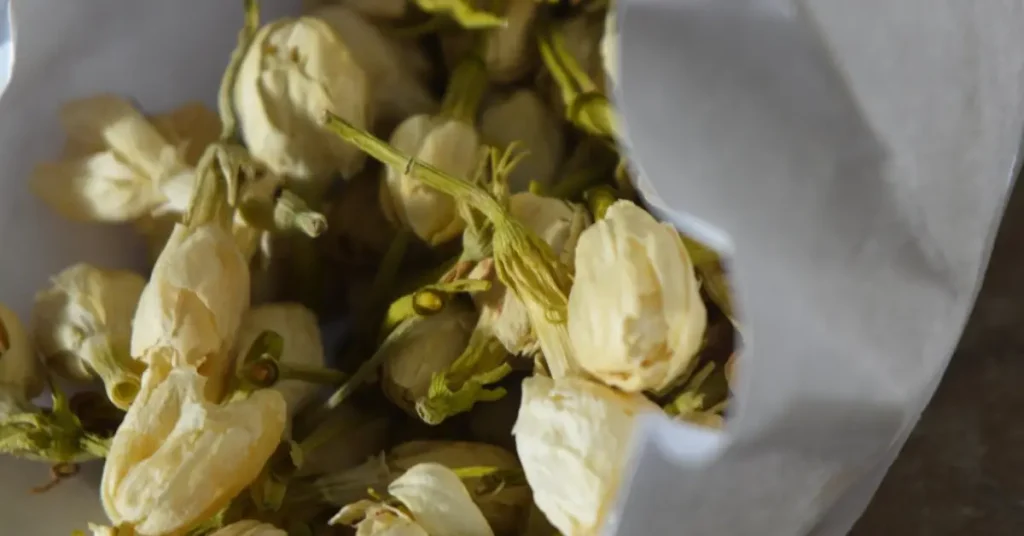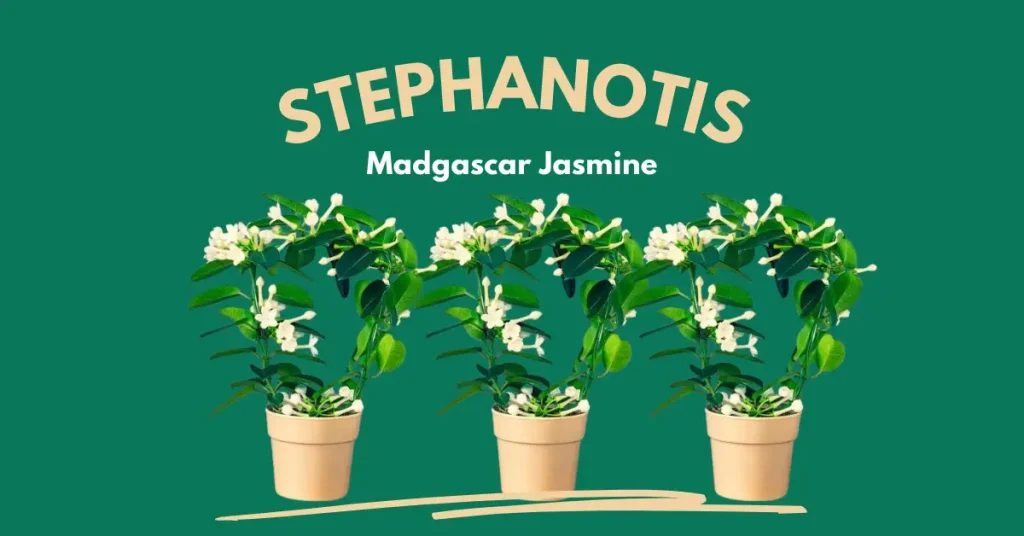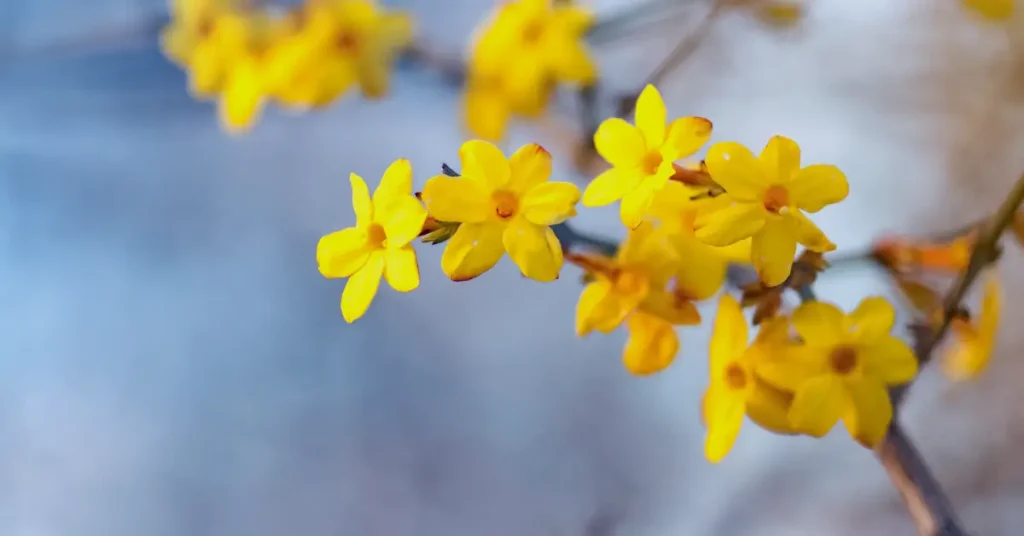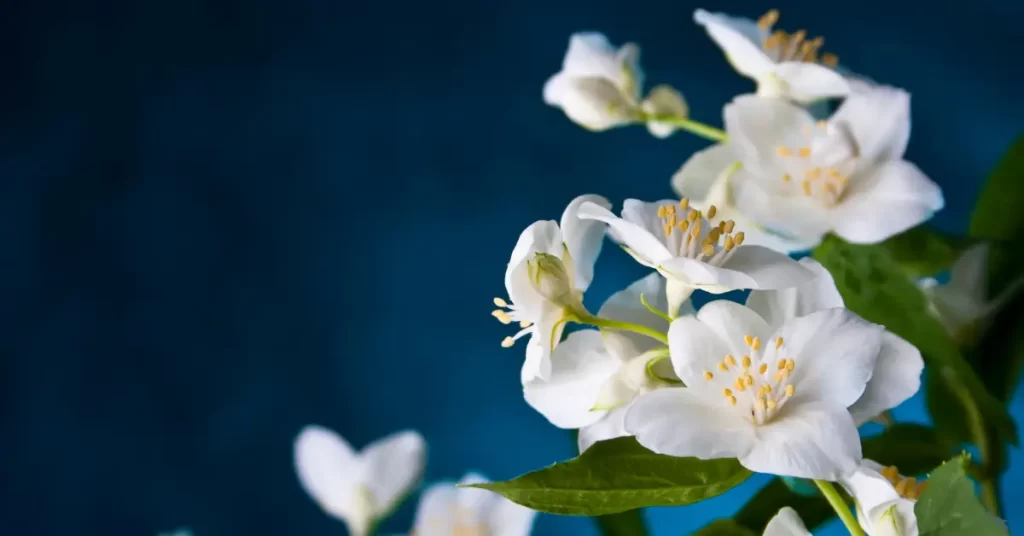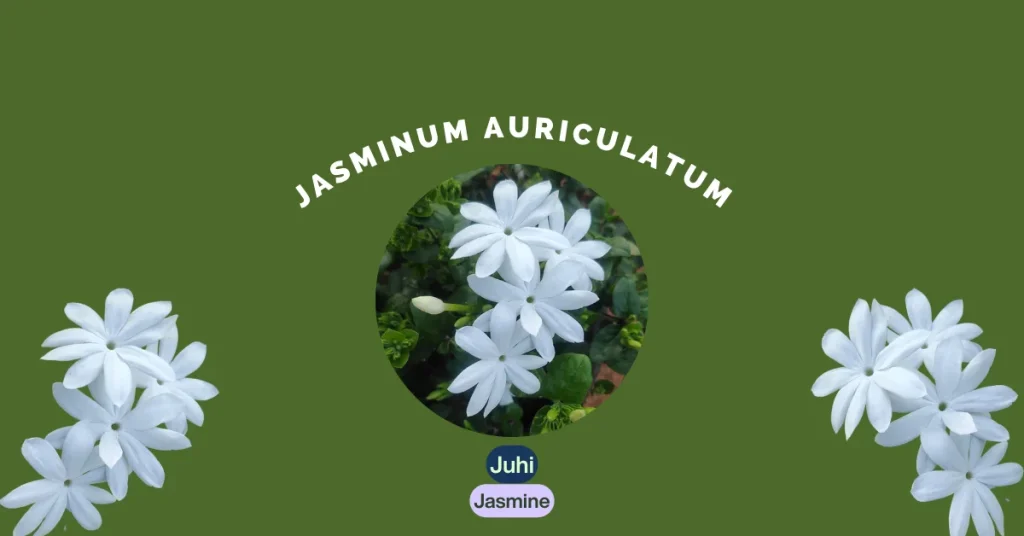Pink Jasmine (Jasminum Polyanthum):Well Known House Plant
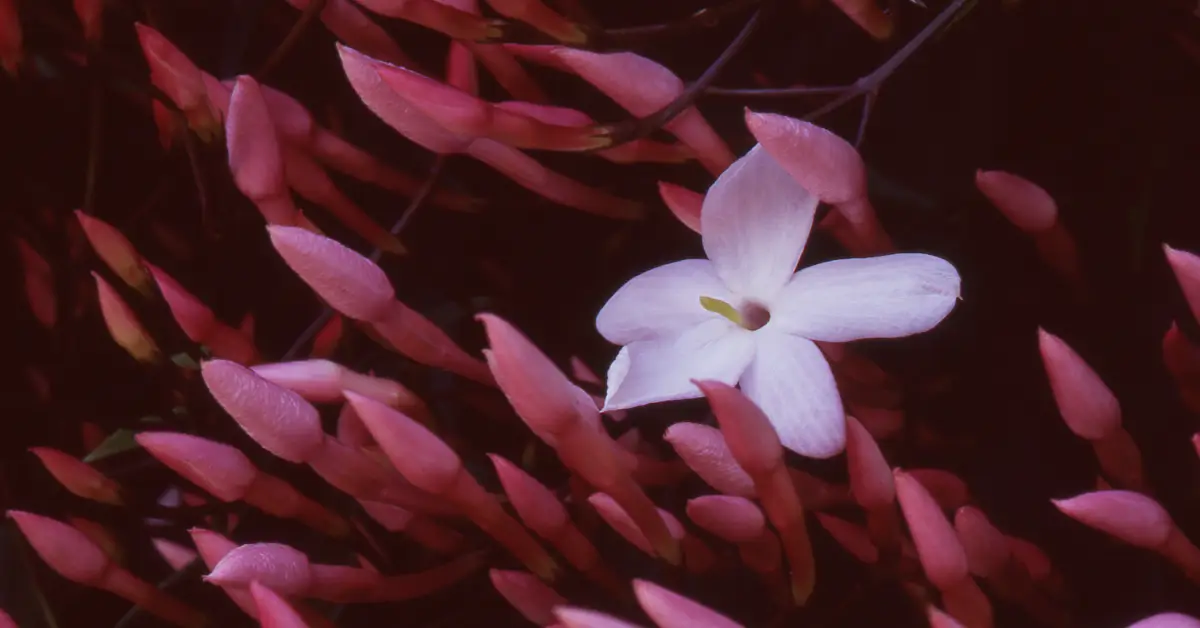
Pink jasmine, or Jasminum Polyanthum, is one of the most popular flowering vines because of its spectacular appearance and heavenly fragrance. It is native to China and is highly valued for its intoxicating fragrance and delightful pinkish-white flowers. Generally referred to as Chinese Jasmine, it is a member of the Oleaceae family. This flowering plant is characterized by clusters of delicate, pink-hued flowers that bloom abundantly during spring, creating a spectacular sight.
Its glossy, dark green leaves provide an attractive backdrop for its delicate, star-shaped flowers blooming during spring. The flowers are highly fragrant. The Pink Jasmine Vine is renowned for its easy availability, quick growth, and ease of care, making it a trendy landscaping plant. It’s a versatile plant for landscaping.
It grows on trellises (which they quickly outgrow), walls, arbors, chain link fences, trees, and phone poles. When trained and supported properly, it can create a stunning vertical display in gardens or along walls. The plant’s adaptable nature allows it to grow indoors and outdoors, making it a versatile choice. You can also drape them from hanging pots and planters around your balcony or patio to provide shade and privacy.
Pink jasmine symbolize Love and Romance.
Table of Characteristics:
| Common names | Pink jasmine, Chinese jasmine, winter-blooming jasmine |
| Botanical name | Jasminum Polyanthum |
| Family | Oleaceae |
| Appearance | Vining plant with glossy green leaves |
| Color | Pink buds that open to white flowers |
| Bloom season | Late winter/early spring |
| Soil-type | Well-drained-Loamy |
| Uses | Climber, Groundcover, Ornamental, Fragrance |
Sunlight Requirements for Pink Jasmine
Pink Jasmine thrives in full sun to partial shade. To ensure optimal growth and blooming, it should be exposed to at least 4-6 hours of direct sunlight every day. The plant will also grow in the shade but will look leggy & won’t flower. It would be unattractive. Partial sun is acceptable as long as it is bright and sunny. In coastal areas, it can withstand full sun. Inland plants need protection from the sun (along with more water). Otherwise, it will burn. If you live in a colder coastal region, you might consider planting it next to a south- or west-facing wall.
Temperature Range for Pink Jasmine
Climates with moderate warmth and humidity are suitable for pink jasmine. Ideal temperatures range from 15 to 25 °C. It is important to select varieties suited to local conditions. Pink jasmine should be kept below 38°C during the summer. Plants exposed to temperatures above 43°C become more susceptible to sunburn, their leaves become lighter in color, their tips are more dry and withered, and their leaves can curl.
Plants can tolerate lower temperatures (0°C) but should kept above 0°C temperature. If the temperature drops below -5°C, the leaves may begin to droop.
What is The Best Soil for Pink Jasmine?
Make sure the soil is loose and well-drained – loamy soil is ideal. When planting this vine in a container, make sure you use organic potting soil of good quality. A wide variety of soils are generally suitable for pink jasmine, provided that the soil is sufficiently well-drained and has a neutral pH (6.5 to 7.5).
Adding compost to a soil that lacks nutrients or organic matter will be beneficial. Plants in containers should be planted in a potting mix that contains equal parts potting soil, peat moss, and sand.
How and When To Plant Pink Jasmine?
You will need to give this plant sufficient room to grow. Jasmine Vine grows fast and densely and attaches to everything in its near vicinity. Avoid planting it near trees because it may crawl up into & take over the tree in the future. If you plan to plant Pink Jasmine vine, you must choose an area that is well-drained and receives 4-5 hours of sunlight per day. It will create ideal conditions for the vine to thrive and produce beautiful blooms.
It’s also essential to consider the right trellis against which the vine can climb. It will support the vine’s weight and prevent it from sprawling. Pink jasmine can be planted or replanted in the fall. It will bloom better when planted, where it receives more sunlight and moist soil.
When planting, it is essential to plant the roots at the same level as the level inside the nursery pot. For better growth, keep a distance of 2.5 m between each plant. Vine varieties require support structures in order to reach their maximum height of 5 m and avoid drooping or trailing. Vine planting should be avoided in extreme weather conditions, such as hot afternoon sun or extreme cold. These conditions can hinder plant growth.
How To Grow Pink jasmine Outdoor?
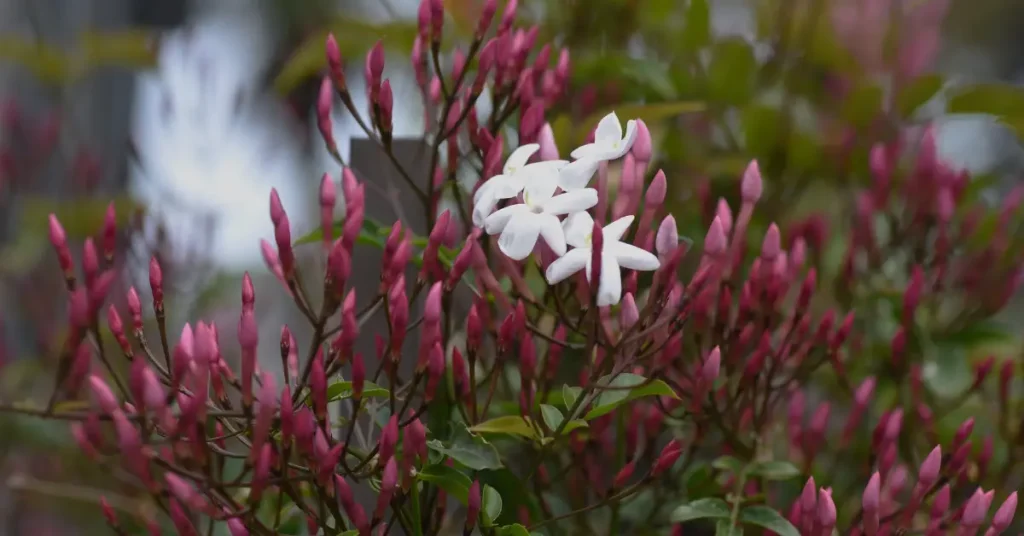
If you want to grow pink jasmine outside, plant it during the spring or fall. Plants can then establish their root systems before they are exposed to extreme temperatures. It is best to plant after the last frost in spring or before the first frost in fall. You should also choose a location that has good air circulation and make sure at least 4-6 hours of direct sunlight each day. Adding compost or manure to the soil before planting will improve drainage and provide additional nutrients.
Steps To Plant
1. Remove the plant from its container gently. If the roots seem confined to the pot, loosen them around the edges.
2. The root ball of the plant should be level with the soil surrounding it when it is placed in the hole.
3. Add the amended soil to the hole and tamp gently in order to remove air pockets.
4. Be sure to thoroughly water the root ball and settle the soil.
Propagating Pink Jasmine
You can propagate pink jasmine by layering or by cuttings. Hardwood cuttings are best for propagating outdoor varieties in the winter, but softwood or semi-ripe cuttings are best for propagating tender or greenhouse varieties in the spring and summer.
- Choose semi-hardwood, non-flowering stems. It will be a bit flexible but not too woody. Choose stems that are 4-6 inches long.
- Make a 45-degree cut with sharp, sterilized pruning shears just below a leaf node (the bump on the stem where the leaf meets the stem).
- Remove the lower leaves from the cutting, leaving only the top 1-2 sets. In this way, water loss through transpiration is reduced.
- Rooting hormone can accelerate the root development of the cut end of the stem, although it is not a necessity. Select a specialized rooting hormone for woody plants.
- Select a pot with drainage holes that are slightly larger than the diameter of the cuttings. Use a potting mix that drains well. Mixed potting soil, perlite, and sand are good options.
- Dig a hole in the potting mix deep enough to accommodate half the cutting’s length. After inserting the cutting, firm the soil around its base gently.
Pruning
Since Pink Jasmine grows vigorously, you will need to prune it to keep it from taking over. Therefore, you will have to prune regularly throughout the year. As soon as the pink jasmine flowers, trim it lightly to preserve energy for future development and to allow the new growth.
Cut down stems that have produced vigorous side shoots after they have flowered. Eliminate any weak or broken branches or stems, as well as those that are crossed over or displaced.
After pruning, I do recommend fertilizing your pink jasmine Plant to support healthy growth.
How To Grow Pink Jasmine indoors?
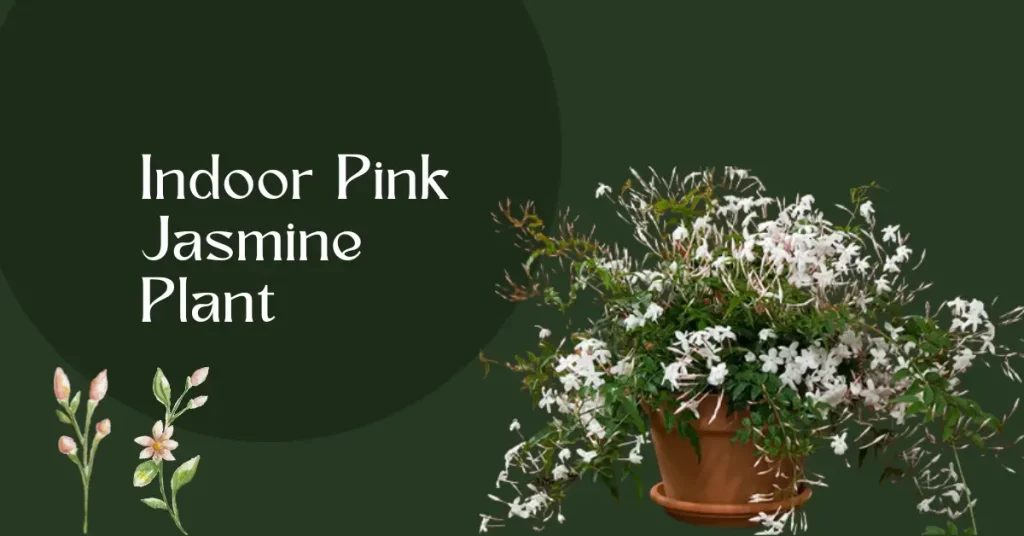
Jasminum polyanthum is widely recognized as a popular indoor plant in both the United States and Europe. Pink jasmine can be very rewarding to grow indoors, but it does require some effort. To grow and bloom well, pink jasmine needs full sun exposure, so it should be placed where it receives four to six hours of sun daily. Choose a location with temperatures between 60 and 75 degrees Fahrenheit during the day and at night. Jasmine needs good air circulation, but too much hot, dry air can cause foliage problems, so place it away from heater vents in an airy place.
Do not grow in small rooms with curtained windows or dark, stuffy locations. Choose a pot with a drainage hole at the base to drain excess water. Install a small trellis at the edge of the pot to guide the vine’s growth as it grows.
Planting Pink jasmine in a Pot
You can also grow Pink Jasmine in a container. Make sure to use a large pot (3 to 4 times larger than a nursery pot) if you choose this option. you can repot as it gets larger.
Which Jasmine Variety is Best for Pot?
Jasminum Sambac (Arabian Jasmine) grows and performs well in pots.
It is often sold as a houseplant in rings or globes when in bloom. Regular watering and good, strong sun are essential. You can also buy it in hanging baskets, but you must transplant it after 1 season.
- Choose a pot with drainage holes slightly larger than the root ball.
- Use potting soil that drains well.
- A south-facing window with bright, indirect light is the best location for the pot.
- Before you water it again, let the top inch of soil dry off. Do not overwater your plants, as this can cause root rot.
Harvesting Pink Jasmine
Pink jasmine usually blooms in the spring and summer, and its flowers are always fragrant. Blooming can also be promoted by selecting flowers for home flower arrangements. You should pick blooms before they fully open. When they are most hydrated, cut them in the morning or evening. Place branches with water quickly in a vase with a 45-degree angle at the base to increase the water absorption area. A pink jasmine plant can live for about a week in a vase.
To sum up
Pink Jasmine is a fragrant and charming addition to any garden or indoor space. You can enjoy its beautiful blooms and sweet scent all year long if you pay attention to its sunlight, temperature, soil, and watering needs. Whether grown on a trellis or in a pot, Pink Jasmine is sure to delight with its pink flowers and glossy green foliage. This wonderful vine will bring years of beauty and fragrance to your garden or home, so why not add it to your collection?

I am Yasir Riaz, an Agronomist for more than a decade. Helping local farmers and Gardeners to improve their crops and Gardens and overall productivity. In addition to my work in agriculture, I have also delved into the digital world as an SEO writer and blogger. Through my blog, I aim to educate and inspire others about the Chameli Flower (Jasmine).

